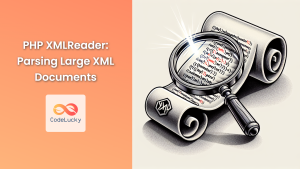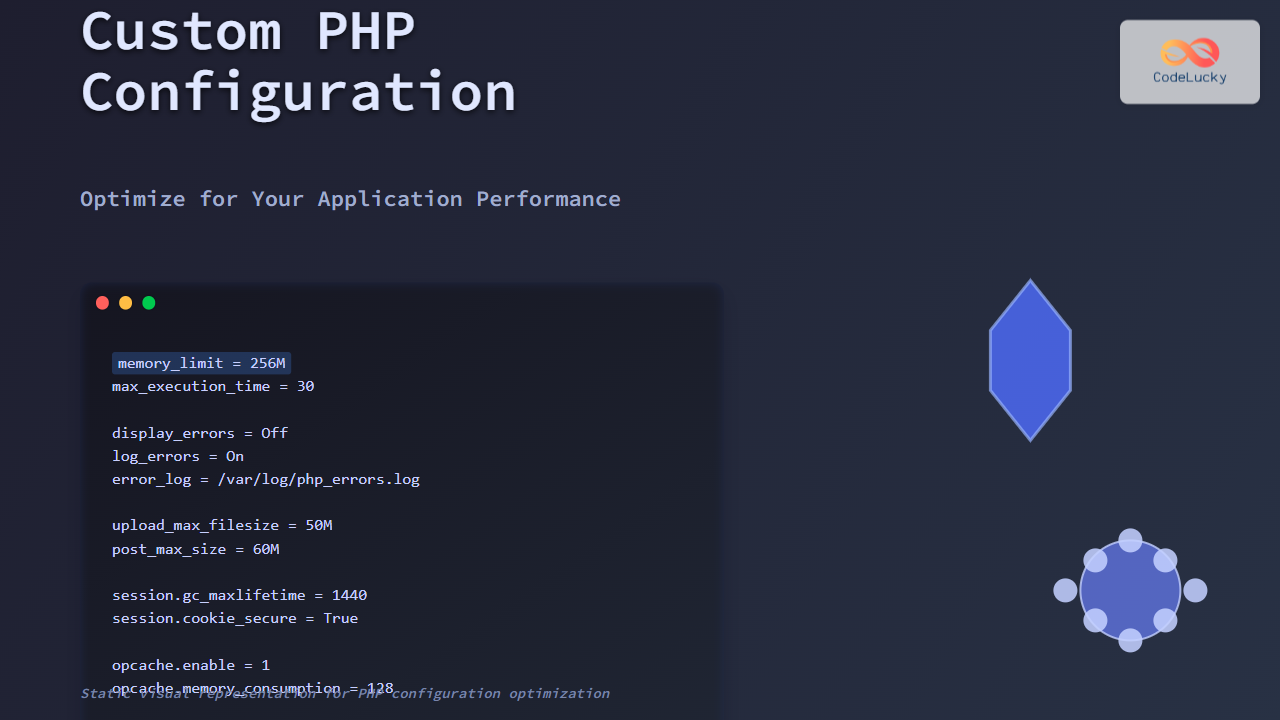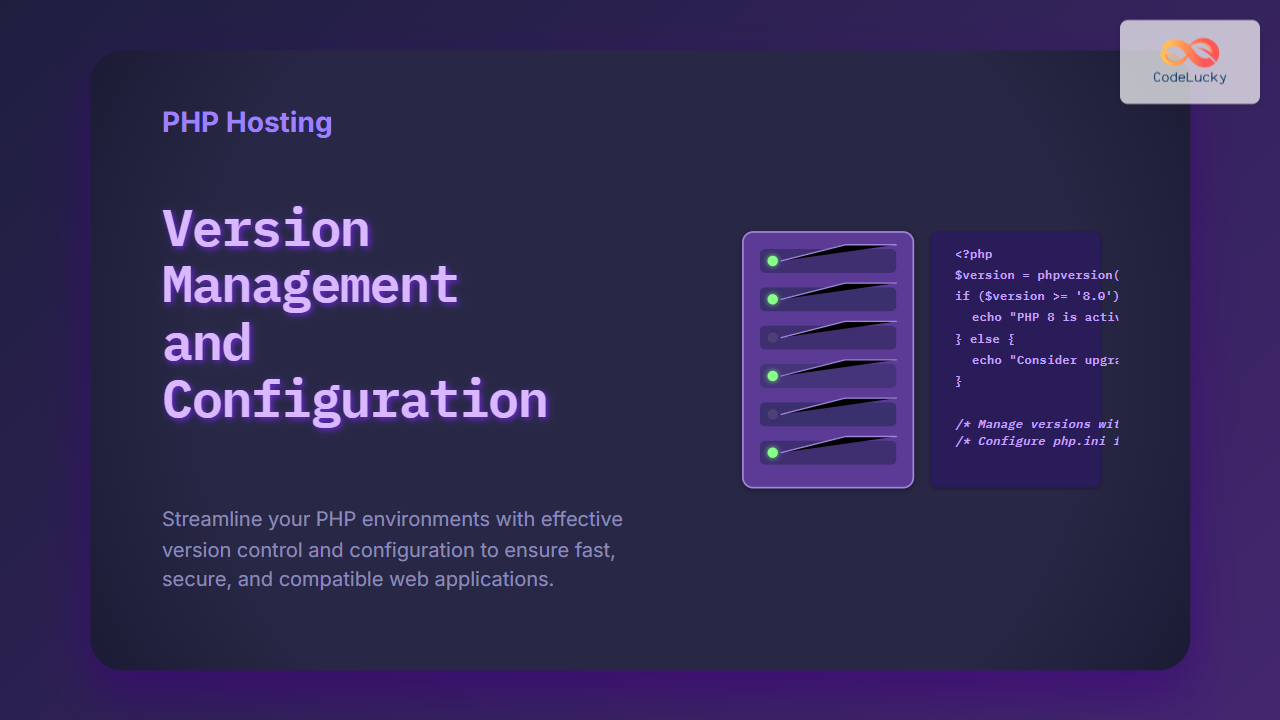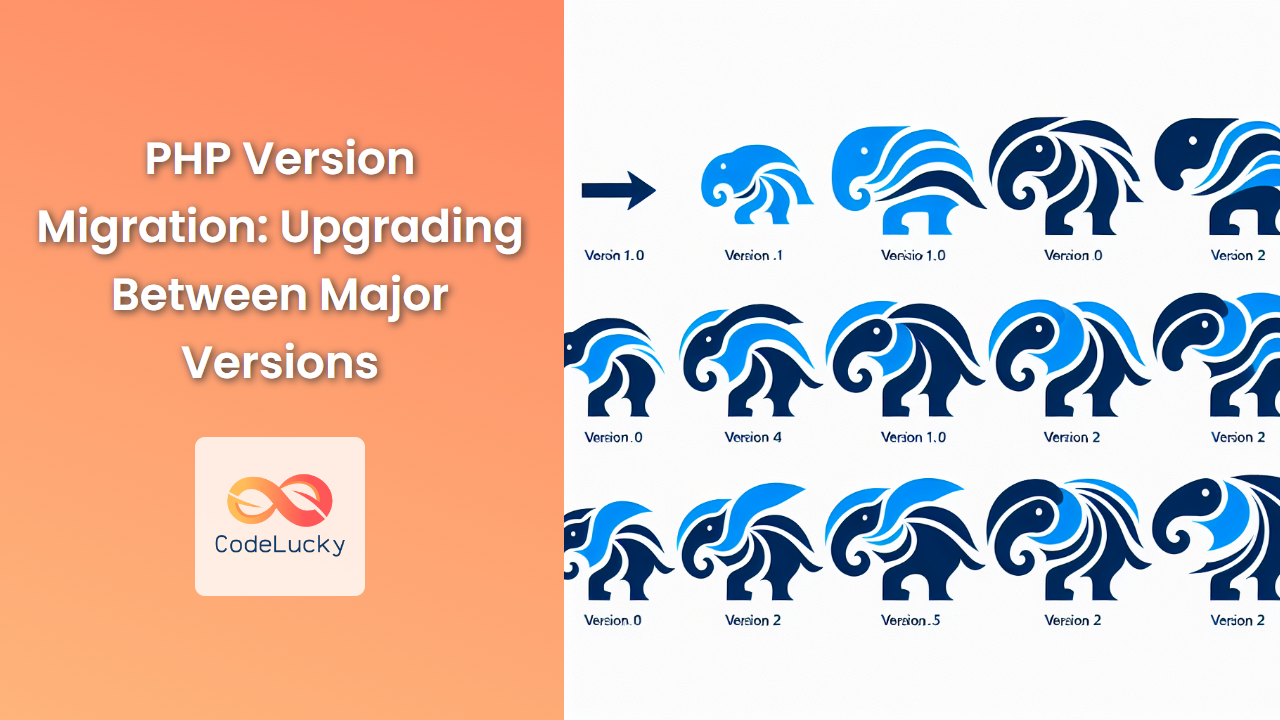In the world of web development, XML (eXtensible Markup Language) plays a crucial role in data exchange and storage. PHP, being a versatile language, offers multiple ways to handle XML data. One of the most user-friendly and efficient methods is the SimpleXML extension. In this comprehensive guide, we’ll dive deep into PHP SimpleXML, exploring its features, benefits, and practical applications.
What is SimpleXML?
SimpleXML is a PHP extension that provides a simple and easy-to-use toolset for converting XML to an object that can be processed with normal property selectors and array iterators. It simplifies the process of reading, manipulating, and creating XML documents.
🔑 Key Features:
- Easy to use and understand
- Converts XML to PHP objects
- Supports XPath queries
- Allows for easy creation and modification of XML documents
Getting Started with SimpleXML
Before we dive into the examples, let’s ensure that SimpleXML is enabled in your PHP environment. Most modern PHP installations come with SimpleXML enabled by default. You can check if it’s available using the following code:
<?php
if (extension_loaded('simplexml')) {
echo "SimpleXML is enabled!";
} else {
echo "SimpleXML is not enabled.";
}
?>
If SimpleXML is not enabled, you may need to install it or enable it in your PHP configuration.
Reading XML with SimpleXML
Let’s start with a simple XML file and learn how to read its contents using SimpleXML.
Consider the following XML file named books.xml:
<?xml version="1.0" encoding="UTF-8"?>
<bookstore>
<book>
<title>The Great Gatsby</title>
<author>F. Scott Fitzgerald</author>
<year>1925</year>
<price>10.99</price>
</book>
<book>
<title>To Kill a Mockingbird</title>
<author>Harper Lee</author>
<year>1960</year>
<price>12.99</price>
</book>
</bookstore>
Now, let’s read this XML file using SimpleXML:
<?php
// Load the XML file
$xml = simplexml_load_file('books.xml');
// Check if the file was loaded successfully
if ($xml === false) {
echo "Failed loading XML: ";
foreach(libxml_get_errors() as $error) {
echo "<br>", $error->message;
}
} else {
// Loop through each book
foreach ($xml->book as $book) {
echo "Title: " . $book->title . "<br>";
echo "Author: " . $book->author . "<br>";
echo "Year: " . $book->year . "<br>";
echo "Price: $" . $book->price . "<br>";
echo "<br>";
}
}
?>
This script will output:
Title: The Great Gatsby
Author: F. Scott Fitzgerald
Year: 1925
Price: $10.99
Title: To Kill a Mockingbird
Author: Harper Lee
Year: 1960
Price: $12.99
📘 Explanation:
- We use
simplexml_load_file()to load the XML file into a SimpleXMLElement object. - We check if the file was loaded successfully. If not, we display any errors.
- If successful, we loop through each
<book>element using a foreach loop. - We access the child elements (title, author, year, price) as properties of the
$bookobject.
Accessing Attributes
XML elements can have attributes. SimpleXML makes it easy to access these attributes. Let’s modify our books.xml file to include an attribute:
<?xml version="1.0" encoding="UTF-8"?>
<bookstore>
<book category="fiction">
<title>The Great Gatsby</title>
<author>F. Scott Fitzgerald</author>
<year>1925</year>
<price currency="USD">10.99</price>
</book>
<book category="fiction">
<title>To Kill a Mockingbird</title>
<author>Harper Lee</author>
<year>1960</year>
<price currency="USD">12.99</price>
</book>
</bookstore>
Now, let’s access these attributes:
<?php
$xml = simplexml_load_file('books.xml');
foreach ($xml->book as $book) {
echo "Category: " . $book['category'] . "<br>";
echo "Title: " . $book->title . "<br>";
echo "Author: " . $book->author . "<br>";
echo "Year: " . $book->year . "<br>";
echo "Price: " . $book->price . " " . $book->price['currency'] . "<br>";
echo "<br>";
}
?>
Output:
Category: fiction
Title: The Great Gatsby
Author: F. Scott Fitzgerald
Year: 1925
Price: 10.99 USD
Category: fiction
Title: To Kill a Mockingbird
Author: Harper Lee
Year: 1960
Price: 12.99 USD
🔍 Note: Attributes are accessed using array notation ['attribute_name'], while element values are accessed using property notation ->element_name.
Using XPath with SimpleXML
SimpleXML supports XPath queries, which allow you to navigate through elements and attributes in an XML document. Let’s use XPath to find all books published after 1950:
<?php
$xml = simplexml_load_file('books.xml');
$books = $xml->xpath('//book[year > 1950]');
foreach ($books as $book) {
echo "Title: " . $book->title . "<br>";
echo "Year: " . $book->year . "<br>";
echo "<br>";
}
?>
Output:
Title: To Kill a Mockingbird
Year: 1960
🧠 Understanding the XPath query:
//selects nodes from anywhere in the documentbookselects all book elements[year > 1950]is a condition that filters books with a year greater than 1950
Creating XML with SimpleXML
SimpleXML not only allows you to read XML, but also to create new XML documents. Let’s create a new XML file for a movie collection:
<?php
// Create a new SimpleXMLElement object
$xml = new SimpleXMLElement('<movies/>');
// Add first movie
$movie1 = $xml->addChild('movie');
$movie1->addChild('title', 'Inception');
$movie1->addChild('director', 'Christopher Nolan');
$movie1->addChild('year', '2010');
$movie1->addChild('rating', '8.8');
// Add second movie
$movie2 = $xml->addChild('movie');
$movie2->addChild('title', 'The Matrix');
$movie2->addChild('director', 'The Wachowskis');
$movie2->addChild('year', '1999');
$movie2->addChild('rating', '8.7');
// Add an attribute
$movie2->addAttribute('genre', 'Sci-Fi');
// Save the XML to a file
$xml->asXML('movies.xml');
echo "XML file created successfully!";
?>
This script creates a new XML file named movies.xml with the following content:
<?xml version="1.0"?>
<movies>
<movie>
<title>Inception</title>
<director>Christopher Nolan</director>
<year>2010</year>
<rating>8.8</rating>
</movie>
<movie genre="Sci-Fi">
<title>The Matrix</title>
<director>The Wachowskis</director>
<year>1999</year>
<rating>8.7</rating>
</movie>
</movies>
🛠️ Key methods used:
new SimpleXMLElement(): Creates a new XML documentaddChild(): Adds a new child elementaddAttribute(): Adds an attribute to an elementasXML(): Saves the XML to a file or returns it as a string
Modifying Existing XML
SimpleXML also allows you to modify existing XML documents. Let’s update the rating of “The Matrix” in our movies.xml file:
<?php
// Load the XML file
$xml = simplexml_load_file('movies.xml');
// Find the movie "The Matrix"
$matrix = $xml->xpath('//movie[title="The Matrix"]')[0];
// Update the rating
$matrix->rating = '9.0';
// Save the changes
$xml->asXML('movies.xml');
echo "XML file updated successfully!";
?>
After running this script, the rating for “The Matrix” in movies.xml will be updated to 9.0.
Error Handling in SimpleXML
When working with XML, it’s crucial to handle potential errors. Here’s an example of how to implement error handling when loading an XML file:
<?php
// Enable user error handling
libxml_use_internal_errors(true);
$xml = simplexml_load_file('non_existent_file.xml');
if ($xml === false) {
echo "Failed loading XML: ";
foreach(libxml_get_errors() as $error) {
echo "<br>", $error->message;
}
} else {
echo "XML loaded successfully!";
}
?>
This script will output an error message if the XML file doesn’t exist or can’t be loaded.
SimpleXML vs. DOM: A Quick Comparison
While SimpleXML is great for many tasks, sometimes you might need the more powerful Document Object Model (DOM) extension. Here’s a quick comparison:
| Feature | SimpleXML | DOM |
|---|---|---|
| Ease of use | Very easy | More complex |
| Memory usage | Lower | Higher |
| Flexibility | Less flexible | More flexible |
| XPath support | Yes | Yes |
| Handling large XML | Not ideal | Better |
| Creating/modifying XML | Easy | More control |
Choose SimpleXML when you need a quick and easy solution for smaller XML documents. Use DOM when you need more power and flexibility, especially for larger or more complex XML structures.
Conclusion
SimpleXML is a powerful tool in PHP that simplifies XML handling. Its intuitive interface makes it easy to read, create, and modify XML documents with just a few lines of code. By mastering SimpleXML, you’ll be well-equipped to handle XML data in your PHP projects efficiently.
Remember, while SimpleXML is great for many use cases, it’s always good to be aware of alternatives like DOM for more complex XML manipulations. As you continue your PHP journey, experiment with different XML handling methods to find the best fit for your specific needs.
🚀 Happy coding with PHP SimpleXML!



















